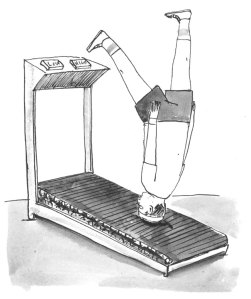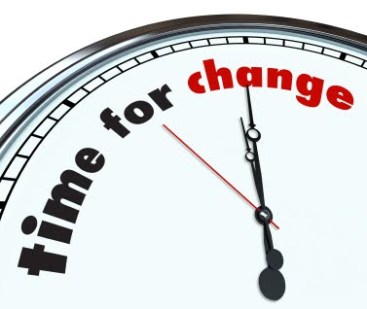As we have evolved, our physical skills have developed into abstract abilities to predict, sequence, estimate, plan, rehearse, observe ourselves, judge, correct mistakes, shift tactics and then remember everything we did in order to survive. The brain circuits that our ancestors used to start a fire are the same ones that we use today to learn French.
We were born to run. In his book, Racing the Antelope: What animals can teach us about Running and Life, biologist Bernd Heinrich describes the human species as an endurance predator. The genes that govern our bodies today, evolved hundreds of thousands of years ago, when we were in constant motion, either foraging for food or chasing antelopes for hours and days across the plains. Today, of course, there is no need to forage and hunt to survive. Yet our genes are coded for this activity, and our brains are meant to direct it.
The cerebellum that coordinates motor movements, allows us to do everything from returning a tennis serve to resisting the pull of gravity. The trunk of nerve cells that connects the cerebellum to the prefrontal cortex is thicker in humans and is also the motor centre which coordinates, thoughts, attention, emotions and social skills. You could call it the rhythm and blues centre. When we exercise, particularly when the exercise requires complex motor movements, we are also exercising those areas of the brain that are involved in the full suite of cognitive functions, causing the brain to fire signals across the same network of cells which solidifies their connections. The prefrontal cortex is the boss which organizes activity, both physical and mental, receiving input and issuing instructions through the brains most extensive network of connections.
Attention all control units, let’s keep it all together.
When the body slows down, the mind follows suit. Why is it that some people live to be a hundred while others get chronic ailments at a very early age? Study has shown that People over 65 who are physically active are 50% less likely to get Alzheimer’s. Getting older is unavoidable but falling apart is not.
It’s no wonder that people get cranky with old age, a time often marked by losses of relationships, possibilities, courage, vitality, resilience, purpose, etc. Anxiety, Stress, Depression, Attention Deficit, Addiction, Hormonal Changes, Aging all impact Brain Health.
Your overall strategy should include four areas: Aerobic capacity, strength, balance and flexibility.
Amongst all the other benefits, the most vital is, that exercise fosters neuroplasticity and is the best way to guard against neurodegenerative diseases.
Steady does it. The world around us is constantly changing and it is difficult to keep doing the same thing over and over. Naturally it’s important to stretch, however keep your mind flexible. The best strategy is to do something every day, yet stay flexible within the framework. Sticking with it is equally important. Statistics show that most people who start a new exercise routine, drop it within 6-12 months.
From the book SPARK ~ Dr John Ratey and Eric Hagerman

